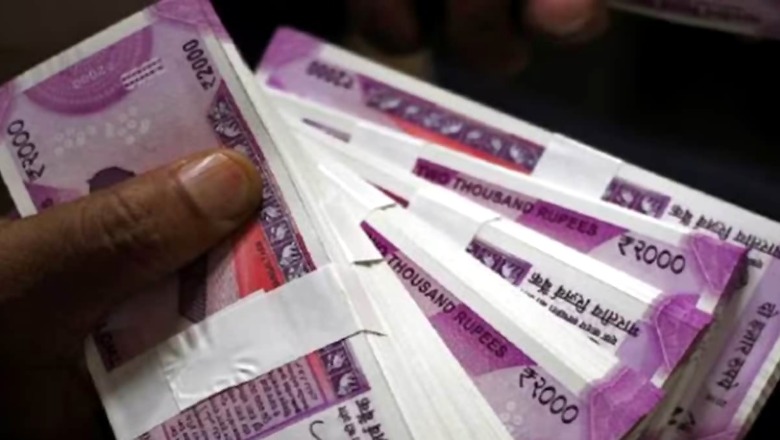
views
Securitisation volumes, originated largely by non-banking financial companies (NBFCs) and housing finance companies (HFCs), stood at Rs 61,000 crore in Q4 FY2023, the highest quarterly volumes seen since the onset of the COVID-19 pandemic, according to a report by ratings agency Icra. It added that the volumes for the quarter are largely dominated by securitisation of retail loans (90 per cent).
“The overall securitisation volumes in FY2023 stood at Rs 1,78,000 crore, i.e. a healthy 41 per cent expansion over Rs 1,26,500 crore seen in FY2022,” Icra said in the report.
Securitisation is the practice of pooling together various types of debt instruments and selling them as bonds to investors. It is a risk management tool.
Abhishek Dafria, vice-president and group head (structured finance ratings) at ICRA, said, “The upward trend in the securitisation volumes continued for another quarter as NBFCs and HFCs witnessed an increase in funding requirements to meet the growing credit demand. Overall securitisation volumes for FY2023 remained marginally higher at Rs 1.8 lakh crore than our earlier estimates of Rs 1.7 lakh crore.”
He added that the rising interest rates over the past year have not yet materially dampened the credit demand. With the Monetary Policy Committee (MPC) keeping the repo rate unchanged in the recent meeting, Icra expects the disbursement trends for NBFCs and HFCs to remain healthy over the near term, which will support the growth in the securitisation market across all asset classes. Nonetheless, the macro-economic conditions remain a monitorable as global economies continue to manage high inflationary pressures.
“In FY2023, Mortgage-backed (MBS) loans formed the biggest chunk of the overall volumes at 33 per cent, followed by vehicle loans at 28 per cent. Microfinance loans have made a huge comeback accounting for 20 per cent and 18 per cent of Q4 FY2023 and full-year FY2023 volumes, respectively,” Icra said.
Securitisation is carried out either through direct assignment (DA) transactions (bilateral assignment of pool of retail loans from one entity to another) or through the pass-through certificate (PTC) route (instruments issued by bankruptcy remote trusts). In FY2023, the share of PTC was about 40 per cent in retail securitisation which is largely in line with the historical trends. Securitisation of personal loans has remained strong throughout the year accounting for 3 per cent of the total volumes.
Dafria said, “The share of MFI loan securitisation has significantly improved to 20 per cent of total volumes securitised in Q4 FY2023. The securitisation market in India is gradually becoming more broad-based with asset classes like personal loans, education loans and school finance loans also gaining traction. In particular, securitisation of personal loans remained strong throughout the year accounting for 3 per cent of the total volumes.”
He also said securitisation would remain an important funding tool for retail-focused NBFCs, as it provides funding at an attractive cost, while simultaneously achieving a well matched ALM position. Securitisation is expected to remain buoyant in FY2024 as well, though the overall volumes could see a decline of 15-20 per cent due to the impending merger of a large HFC with a bank post, which it is unlikely to carry out loan sell-downs.
Read all the Latest Business News here



















Comments
0 comment